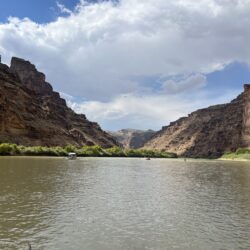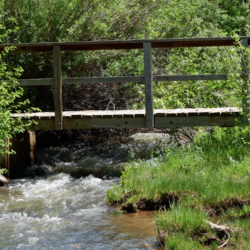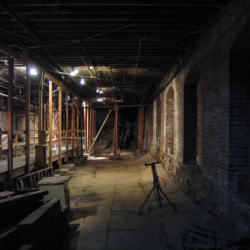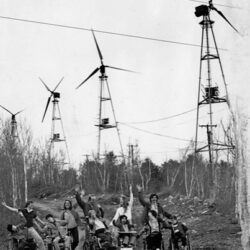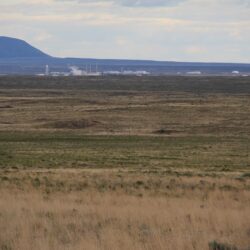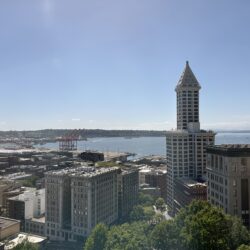Desolation Canyon—Alex Wells
Over my summer as a Western Resource Fellow with the National Forest Foundation (NFF), I spent my time diving into some of the complexities of implementing stream restoration in the West. Whether that was creating outreach materials to communicate the relevance of stream restoration to water rights holders or developing a tool for the NFF Read more about Desolation Canyon—Alex Wells[…]

